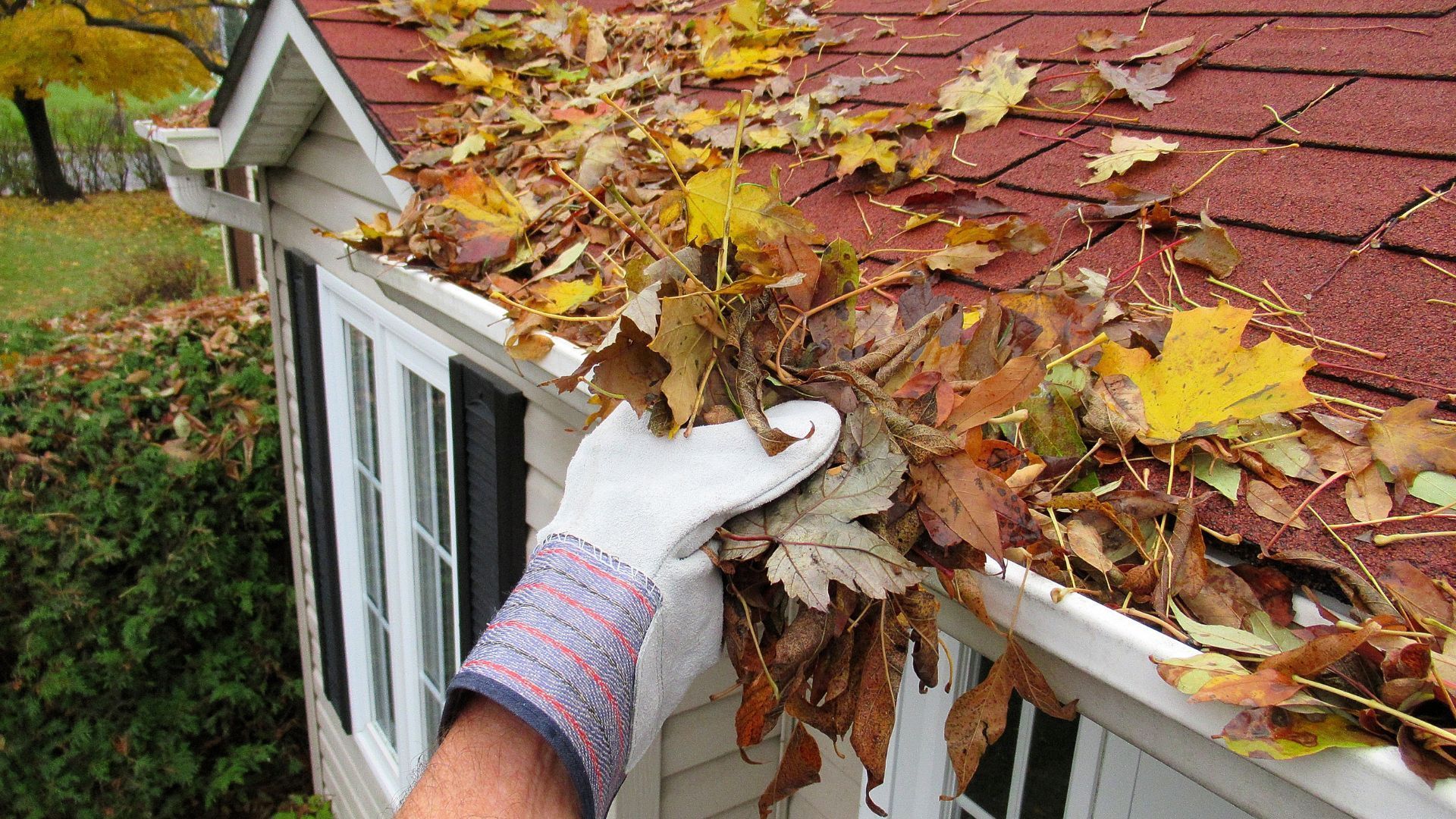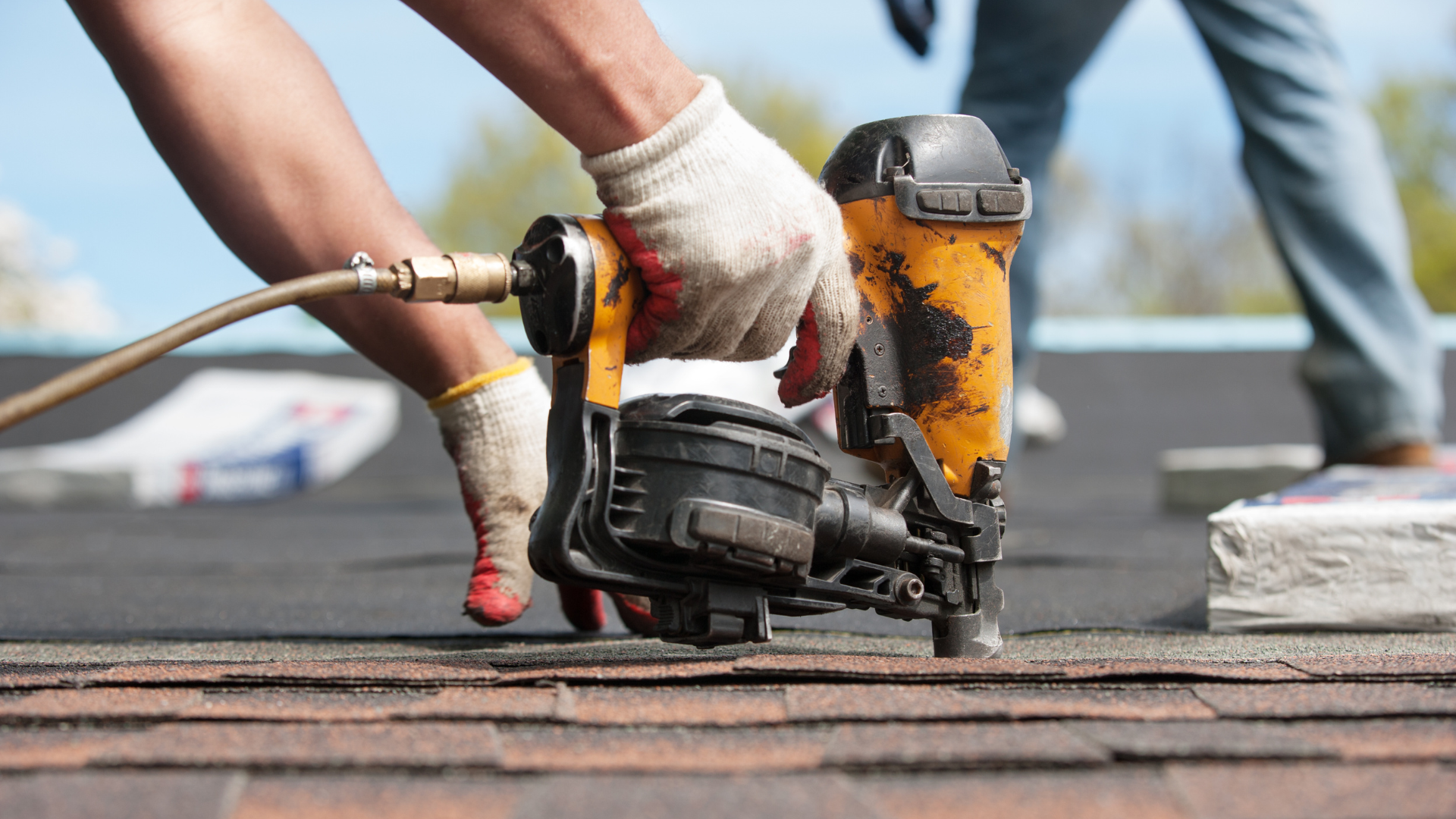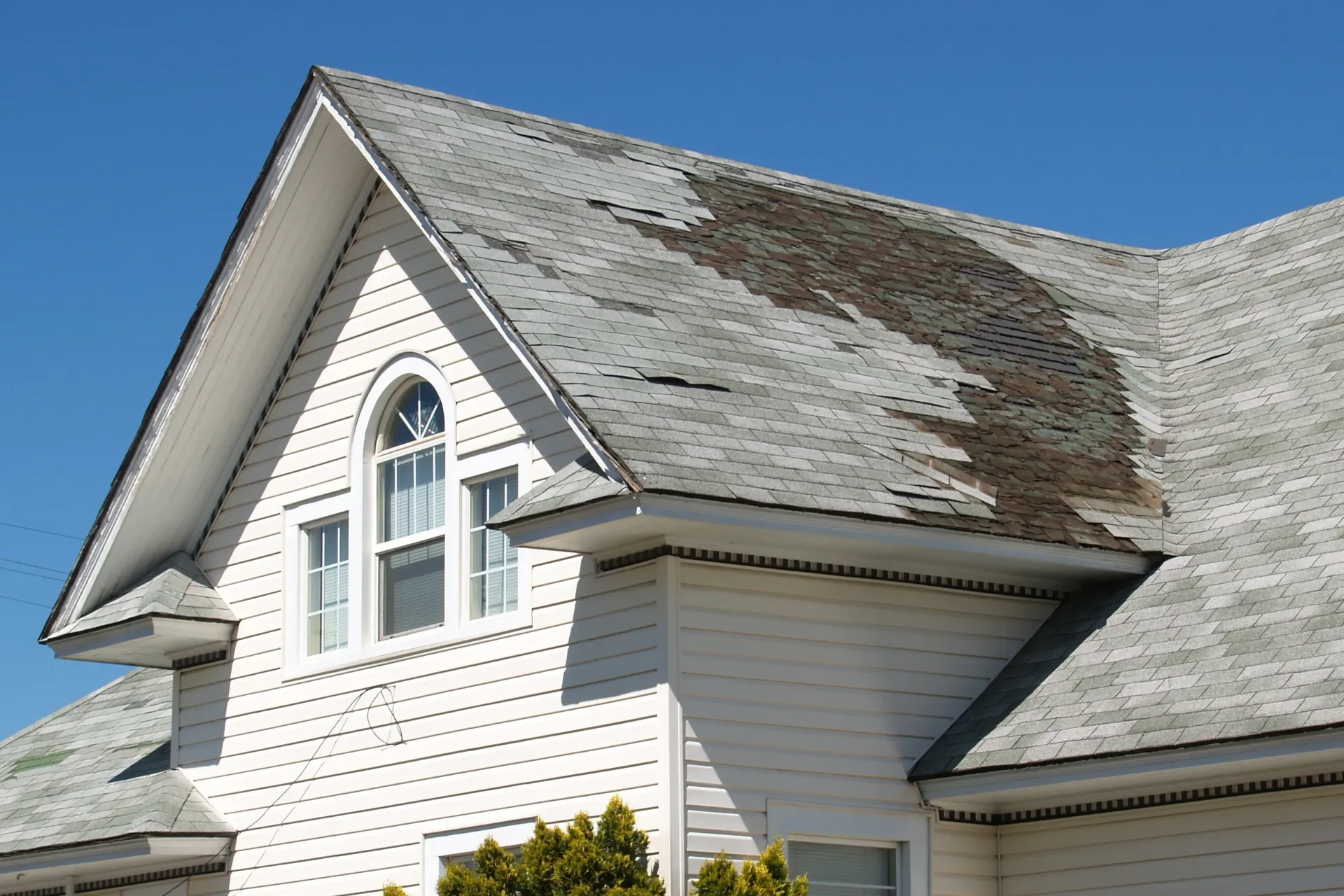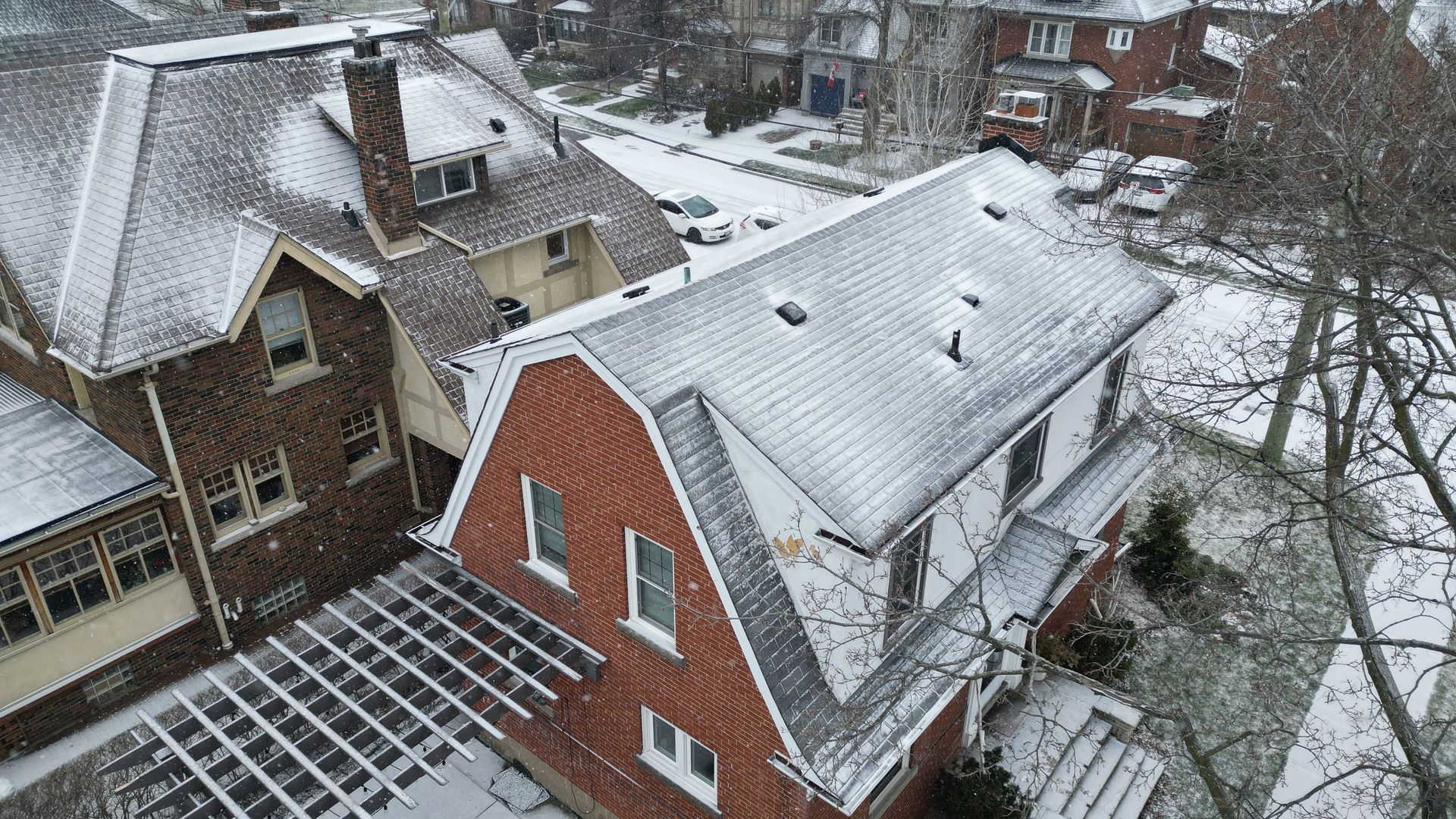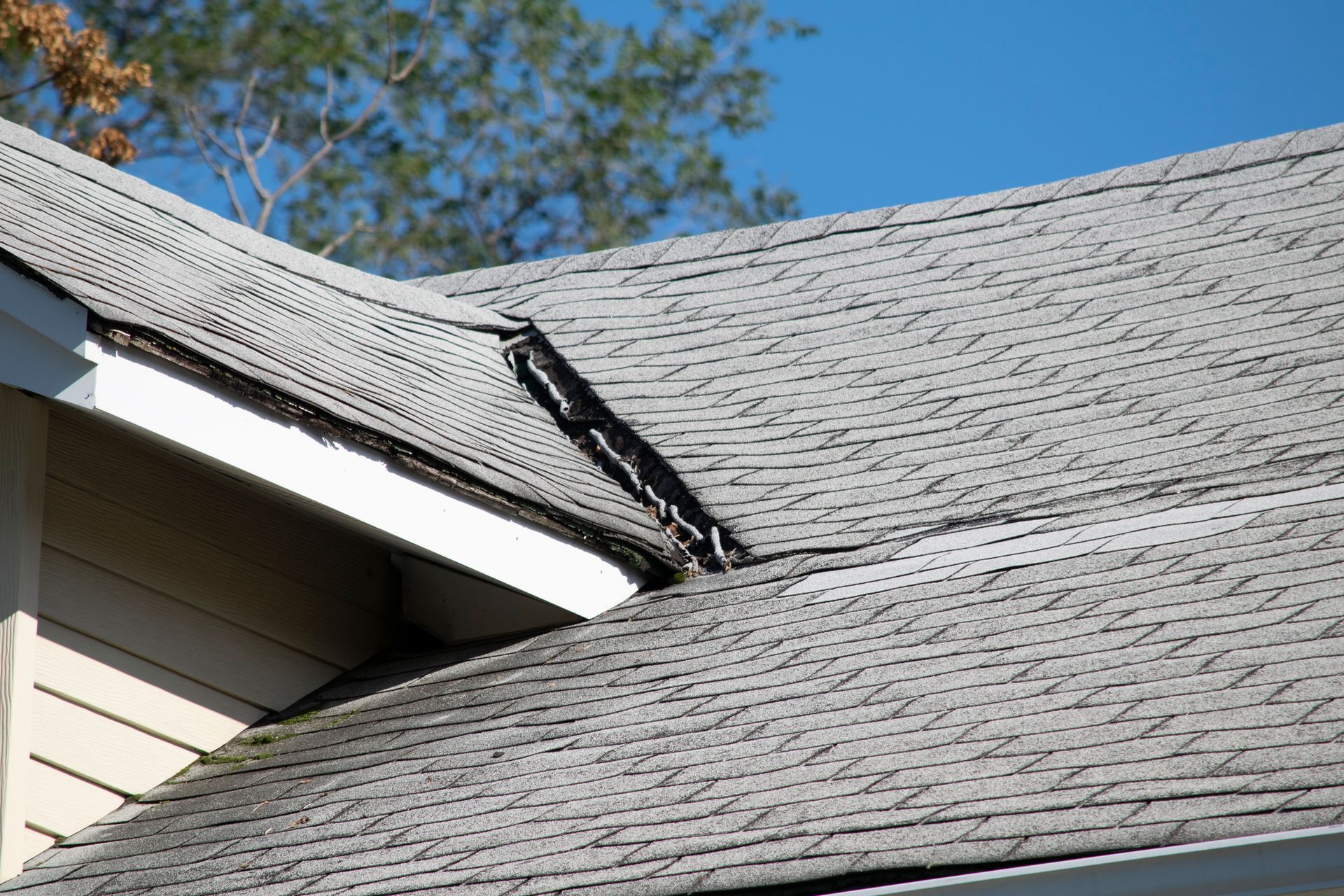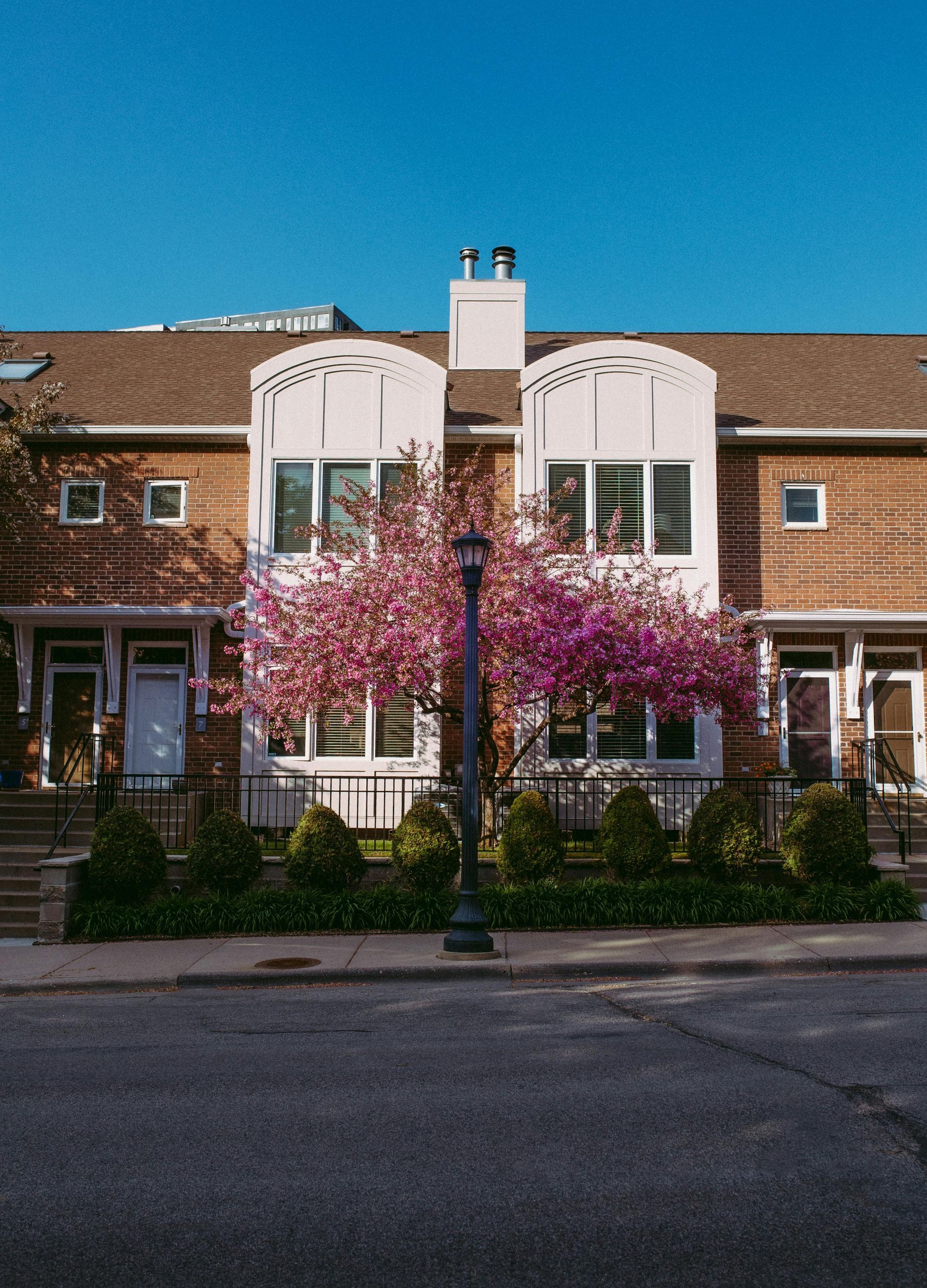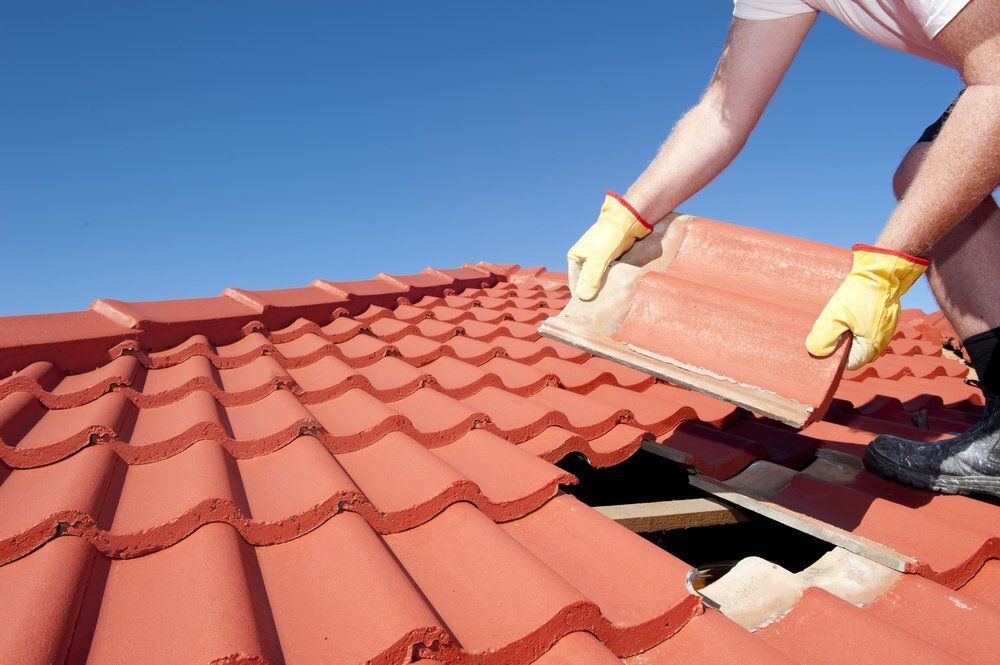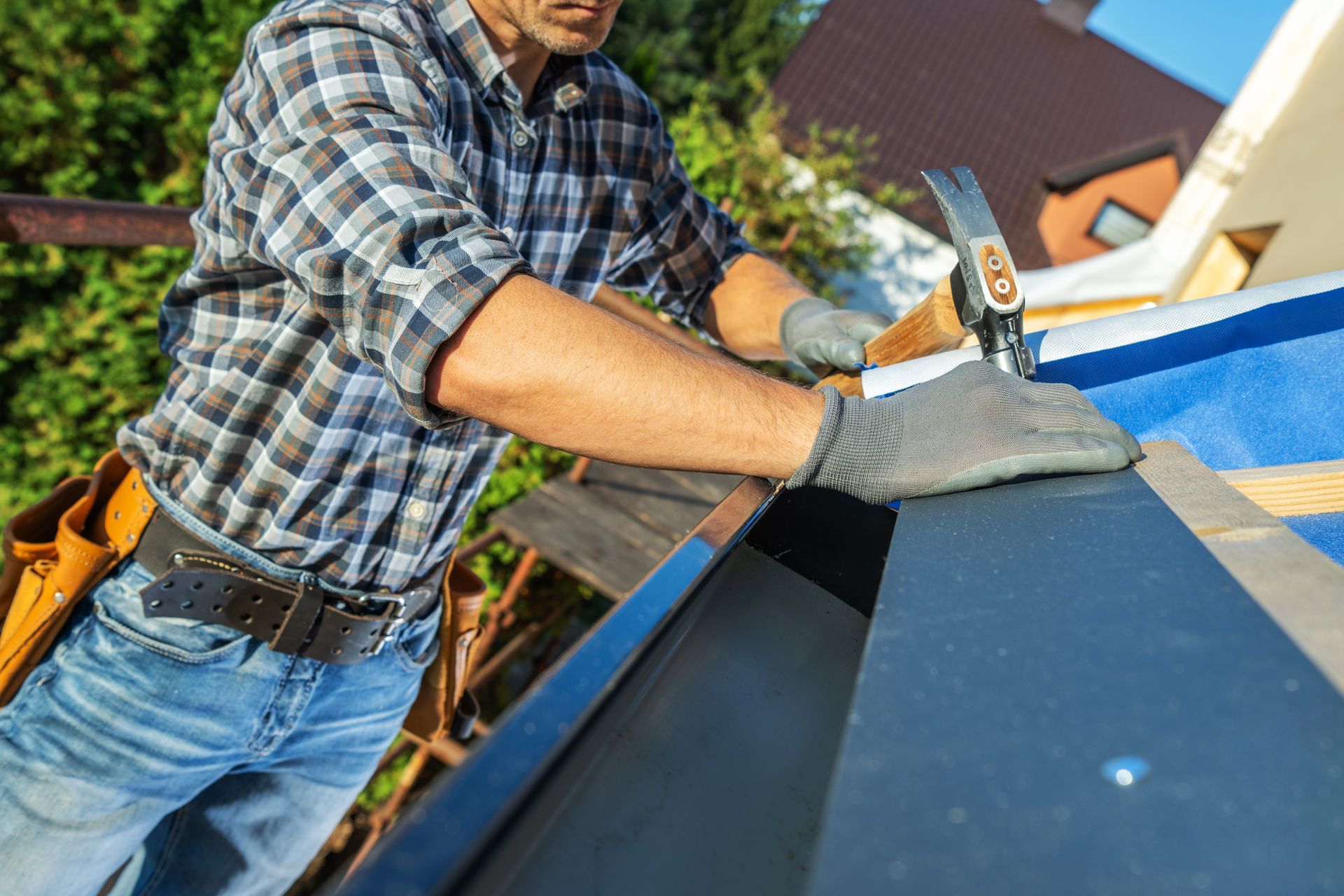How Long Does an Asphalt Roof Last? Factors That Influence Its Lifespan and Tips for Longevity
How Long Does an Asphalt Roof Last? Factors That Influence Its Lifespan and Tips for Longevity
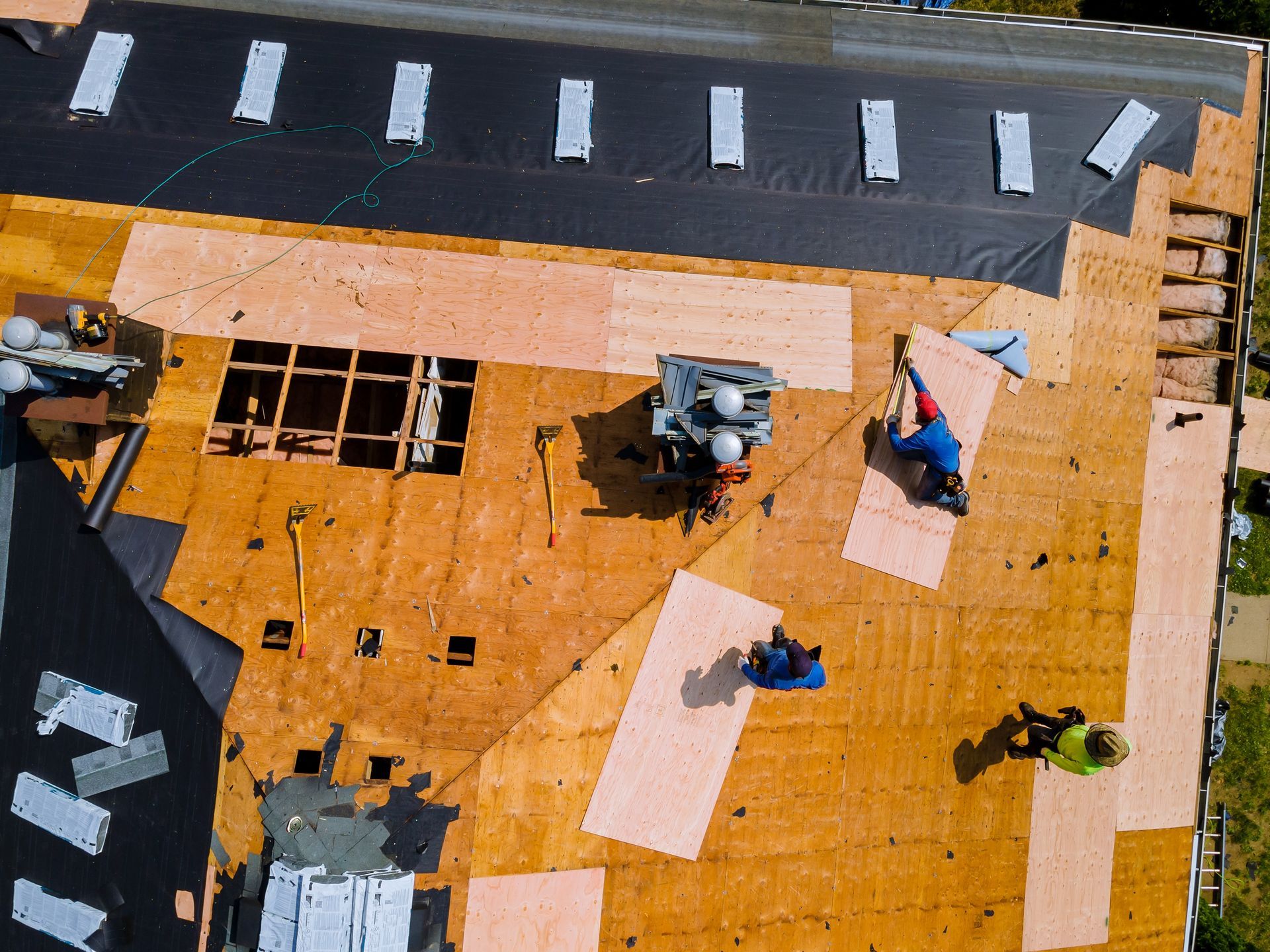
An asphalt roof is one of the most popular choices for homeowners due to its affordability, durability, and versatility. However, like any other part of your home, it won’t last forever. Understanding the typical lifespan of an asphalt roof and the factors that impact it can help you make informed decisions about maintenance and replacement.
In this post, we’ll explore how long an asphalt roof typically lasts, the variables that affect its longevity, and practical tips for extending its lifespan. By the end, you’ll have actionable insights to keep your roof in great condition for years to come.
What Is the Average Lifespan of an Asphalt Roof?
The average lifespan of an asphalt roof is 20 to 30 years. This range depends on several elements, such as the type of shingles used, climate conditions, installation quality, and how well the roof is maintained over time. Asphalt shingles come in two main varieties:
- 3-tab shingles: These are the standard asphalt shingles and tend to last around 20 years. They are cost-effective but may not be as durable as other options.
- Architectural shingles (also called dimensional shingles): These are thicker, layered shingles designed to mimic the appearance of higher-end materials like wood or slate. They typically last longer, averaging 25–30 years, and offer greater durability.
While these figures represent a general guideline, several key factors can either shorten or extend your roof’s lifespan.
Factors That Influence the Lifespan of Asphalt Roofs
1. Material Quality
The quality of your asphalt shingles has a significant impact on their longevity. Reputable manufacturers often use advanced technology to produce shingles that are more resistant to cracking, warping, or damage from UV rays. Investing in high-quality shingles upfront can save you repair and replacement costs down the road.
2. Installation Standards
Even the best shingles can fail to perform if they’re not installed correctly. Improperly aligned or loosely affixed shingles may leave your roof vulnerable to leaks and wind damage. Always work with experienced and certified roofing contractors to ensure proper installation.
3. Climate and Weather Conditions
Extreme weather conditions can speed up wear and tear on your roof. For instance:
- Hot climates cause shingles to dry out and crack.
- Cold climates can lead to freeze-thaw cycles, where trapped moisture expands and contracts, weakening the shingles.
- High winds, hail, and heavy storms can create physical damage such as lifting or tearing shingles.
If you live in an area with extreme or fluctuating weather, it’s crucial to inspect and maintain your roof regularly.
4. Maintenance Practices
Maintenance is one of the most controllable factors affecting the lifespan of your asphalt roof. Neglecting regular inspections or ignoring small issues like loose shingles or clogged gutters can lead to bigger problems such as water damage or rot.
Tips to Extend the Life of Your Asphalt Roof
Proactive care can drastically increase the lifespan of your roof. Below are simple, effective ways to protect your investment:
1. Schedule Regular Inspections
Hiring a professional to inspect your roof at least once a year can help you catch potential issues early. Spring and fall are ideal times to check for damage caused by extreme summer heat or harsh winter conditions.
2. Keep Gutters Clean
Clogged gutters can cause water to back up onto your roof, leading to rot, mold, and leaks. Clean gutters every few months or install gutter guards to minimize debris buildup.
3. Trim Overhanging Trees
Overhanging branches can scrape against shingles, leading to premature wear. They can also drop leaves and debris that trap moisture, creating a breeding ground for mold. Regularly trim nearby trees to prevent such problems.
4. Inspect After Severe Weather
High winds, hailstorms, or heavy snowfalls can cause noticeable (and sometimes hidden) damage to your shingles. After severe weather, take a close look at your roof or call a professional for a thorough inspection.
5. Address Repairs Promptly
Small issues, such as a cracked shingle or loose flashing, can quickly evolve into costly repairs. Replacing damaged shingles or sealing cracks immediately will prevent more serious problems like leaks or structural damage.
6. Invest in Roof Ventilation
Proper attic ventilation helps regulate temperature and moisture levels, which can otherwise lead to premature wear. If your attic feels excessively warm or humid, consulting a roofer to improve ventilation can protect your shingles and home.
While an asphalt roof typically lasts 20 to 30 years, its longevity depends on factors like installation, material quality, and maintenance. By understanding these variables and adopting regular care practices, you can maximize the life of your roof and save on costly replacements.
Need help maintaining or replacing your roof? Contact The Roofing Crew today to schedule a consultation. Let’s keep your home safe and beautiful for years to come!
